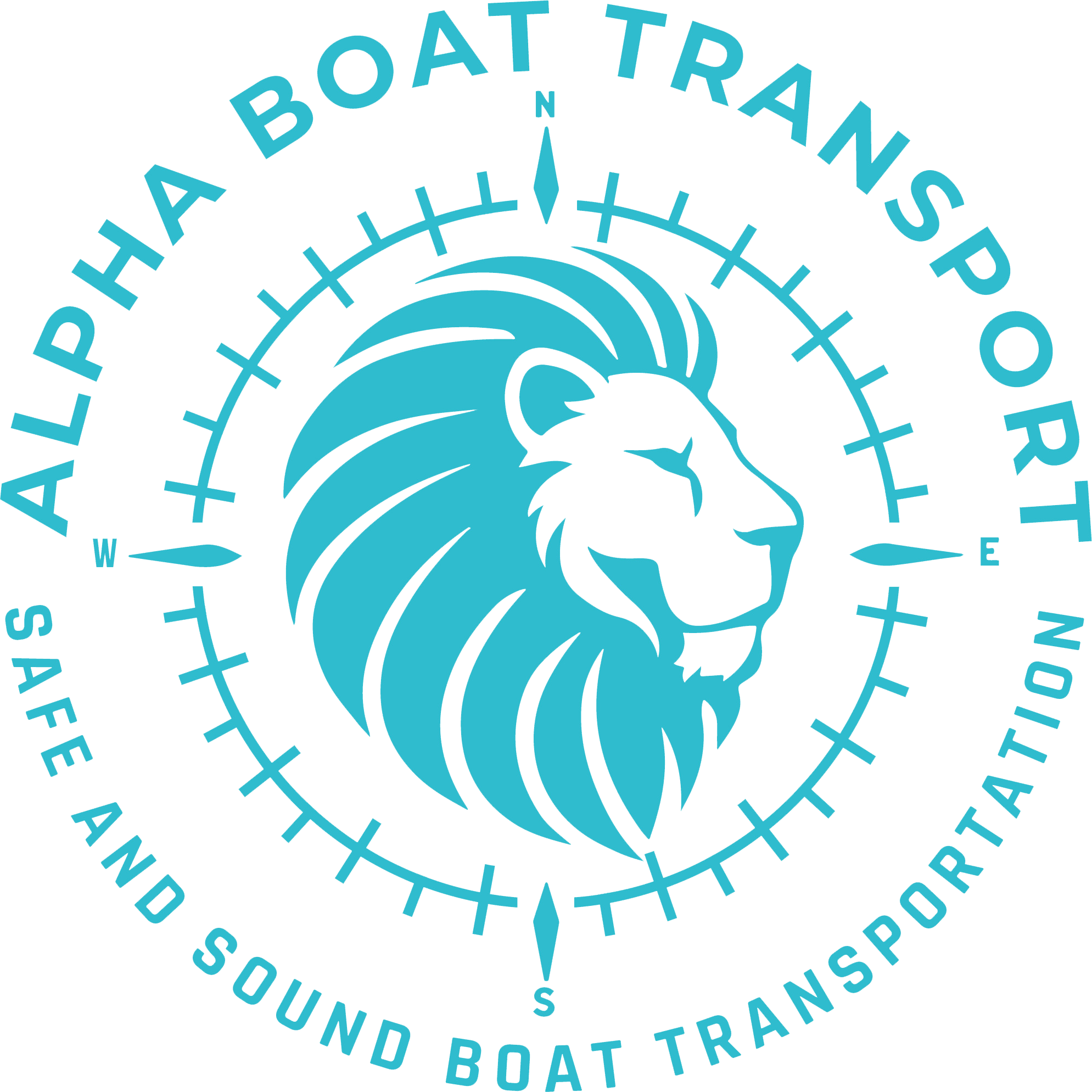Streamlined Permits Ease Boat Hauling: What’s Behind the New Rules Shaking Up Center Console Transport
So picture this — you’ve finally scored that dream 27-foot center console off the Gulf Coast. She’s gleaming. Twin 300s. Tuna tower. Only one problem: she’s in Fort Myers, and your slip’s up in Seattle. Just as you’re ready to roll, bam — you’re buried under miles of red tape and 14 pages of oversize load paperwork. Sounds familiar? You’re not alone.
But here’s the twist: New federal regulatory changes could be the break boat owners have been begging for. As reported by Fortune Business Insights, boat sales are on a five-year upward trend, with center consoles and sportfishers outpacing nearly every other segment. (No surprise there — these boats dominate both coastal and lake markets.) Now, thanks to updated guidelines from the Federal Highway Administration, hauling one of these beauties just got a whole lot smoother. Let’s break down what this means for you, your trucker, and your beloved boat.
The New Permitting Shift: What’s Actually Changing?
Electronic Permit Integration Across States
Starting early 2025, the Federal Highway Admin is rolling out a national shift toward electronic oversize load permitting. And friend — we’re not talking about clunky PDFs or faxes anymore. We’re talking apps. Real-time approval syncing with state DOTs. Come springtime, you’ll be able to file for multi-state smart permits from your phone — before you’ve even cinched down the transom straps.
Why does this matter? Because if you’re transporting a center console over 25 feet long, you’re likely pushing that magic 8.5-foot beam width. That means you’re in oversize load territory, and every state’s got its own playbook. With real-time coordination, your hauler (hopefully an experienced outfit like Alpha Boat Transport) can now zip through approvals instead of waiting two days for one backlogged Arizona office to issue a permit stamp.
Why Center Console Boat Transport Keeps Getting More Complicated
The Rise of Bigger Beams and Taller Towers
Back in the day, a center console maxed out at 22 feet. Not anymore. Today’s offshore rigs stretch past 30 feet and come stacked with T-tops, upper stations, and radar domes. That’s more height, width, and weight — all red flags for DOT compliance. And just like that, you’re staring down guide car escorts, state trooper deadlines, and bridge-clearing measurements you’ve never even heard of.
The industry’s booming, too. According to recent market studies, the U.S. boat market is projected to reach nearly $20 billion by 2029. That growth’s driven in large part by families and sport fishermen upgrading to center consoles built for twin-engine power and offshore reliability. With so many boats exceeding standard dimensions, more owners are learning the hard way that not all haulers are up to the task. That’s why companies like Alpha Boat Transport are tightening their rigging protocols and investing in trailer technologies.
Navigating State-by-State Permitting Nightmares
Patchwork Regulations: The Hidden Time Killer
You’d think there would be some national standard when it comes to transporting boats over highways – but no, far from it. One state’s “night move only with trooper escort” is another state’s “closed Sundays and random height limit.” This isn’t just annoying — it’s costly. Miss one permit window and you’re stuck at a weigh station outside Amarillo for 36 hours in triple-digit heat.
This is where long-distance boat transport services separate the amateurs from the pros. Anyone can load a boat onto a trailer. But can they get your center console from Galveston to Cape Cod without hitting a single DOT violation? That’s the gold standard. These new e-permit systems might just be the relief valve we need — especially for haulers moving loads through problematic corridors like I-10 in Texas or I-95 up the East Coast.
Alpha Boat Transport’s Smart Hauling Tactics
How the Pros Are Leveraging New Tech
Here’s something most boat owners don’t know: Just because you’ve got a driver and a trailer doesn’t mean you’ve got a shot at real permit accuracy. It takes backend logistics, software updates, and constant communication with DOT reps to make sure every axle weight and bridge clearance adds up.
Powerboat hauling professionals at Alpha Boat Transport have been testing the FHWA’s beta e-permit integrations since early 2024. Their pre-load checklist now includes app-based routing simulations, digital copies of escort requirements, and real-time reroute alerts for toll road issues. Why is that a big deal? Because delays add up fast — and so do fees when your load is out of compliance.
Why Tow-It-Yourself Isn’t Cutting It Anymore
The Risks of DIY Center Console Hauling
I’ve seen it all. Guy buys a 26-foot Scout in Sarasota and swears he’ll drive it solo to Maine. Five hundred miles in, the radar dome’s clipped at a toll booth, and he’s being fined for a route violation in Virginia. Happens more than you’d think.
Center consoles are notorious for complex geometry. Between transom brackets, hull deadrise, and tower height, you’ve got way more variables than a trailer boat from 1995. Most small boat transport rules don’t apply — and insurers know it. Try explaining to your underwriter why you ignored the escort requirement in Georgia. With experts like Alpha doing load height audits and custom cradles, it’s just not worth DIY-ing anymore.
Expert Strategies for Smooth Transport
Prep, Permit, Protect: The 3 Ps of Smart Hauling
Want to keep your stress levels low? Follow the 3 Ps:
- Prep: Remove loose gear, shrink-wrap when needed, and confirm trailer balance with a pro.
- Permit: Work with a transport company whose software talks directly to state DOTs.
- Protect: Make sure your insurance covers both hull damage and transport risk gaps.
I’ve spoken personally to state DOT reps in Oregon and Alabama. They’re thrilled to not have to hunt through emails for attachments anymore. This shift is no gimmick. It’s the future. And companies like Alpha Boat Transport are paving the way inside this new digital playbook.
Frequently Asked Question
What is the easiest way to transport a 26-foot center console boat?
The safest and easiest way is using a commercial center consoles boat transport company with e-permit capabilities and escort planning systems. DIY efforts often fail due to regulations, height restrictions, and insurance gaps.
How are wide-load permits changing for boat haulers in 2025?
New federal rules allow electronic wide-load permits synced across states via apps. This streamlines center consoles boat transport by cutting wait times, avoiding missed routes, and reducing paper forms.
Can I tow a 27-foot center console myself through multiple states?
You can, but you’ll hit complex regulations. Oversize permits, travel hour restrictions, and escort needs vary drastically by state. Professional boat transportation services eliminate those risks.
What’s the average cost for transporting a center console 1000 miles?
Expect a range between $2,500–$4,800 depending on beam width, height, state permit complexity, and seasonal demand. Trusted boat hauling companies offer flat rates with compliance built in.
Should I shrink-wrap my center console for highway transport?
Yes. It adds aerodynamic stability and protects against road grime. Especially for long hauls, it’s highly recommended within center console transport best practices.
Which states have the strictest transport rules for wide-beam boats?
California, New York, and Delaware all have stricter escort, weekend travel, and bridge clearance laws. Your center consoles boat transport provider should optimize around these states’ quirks.

